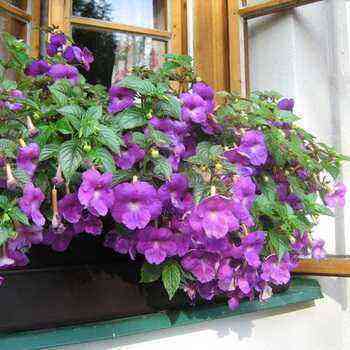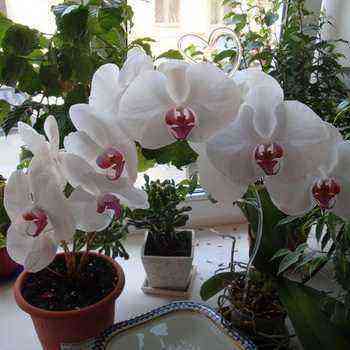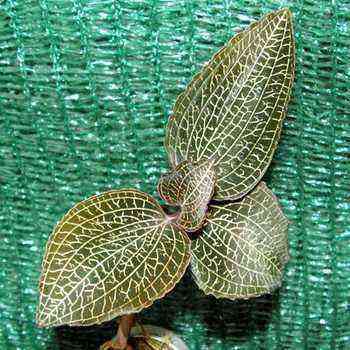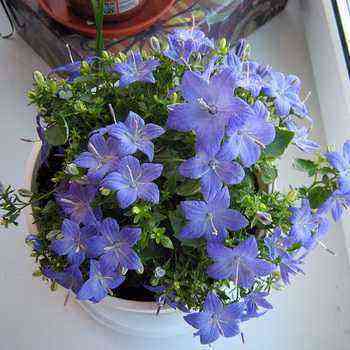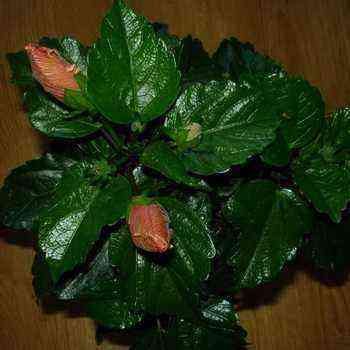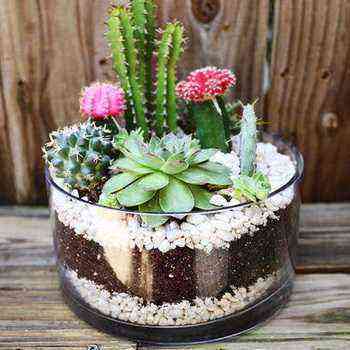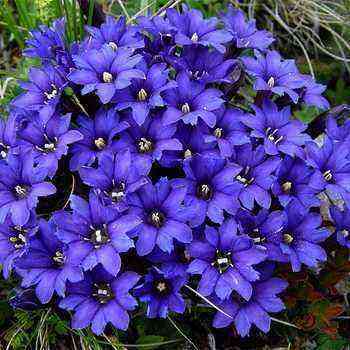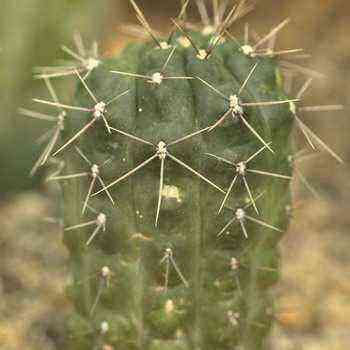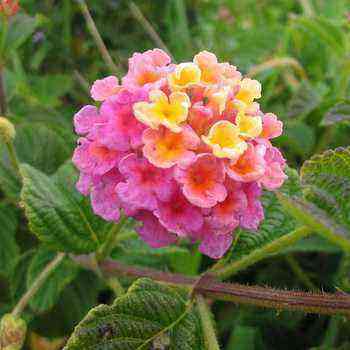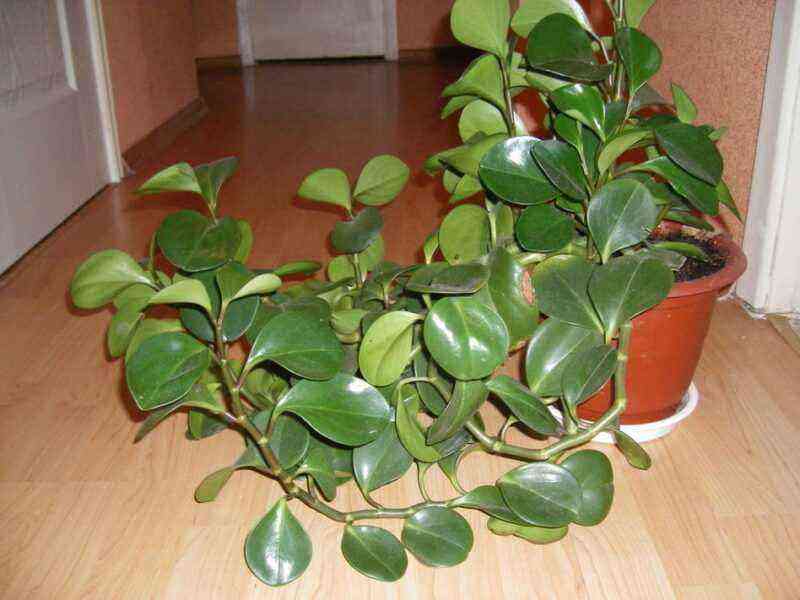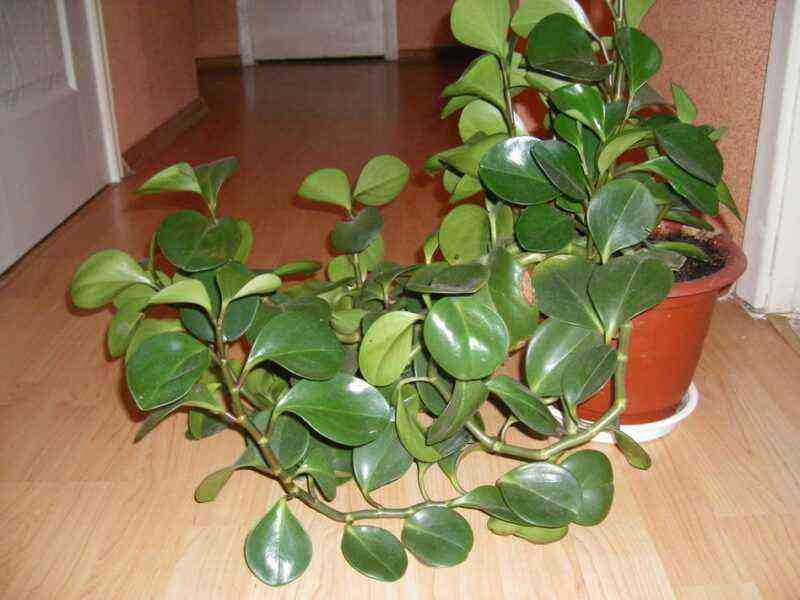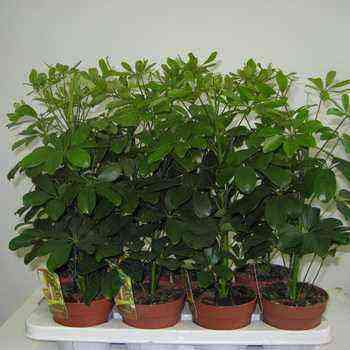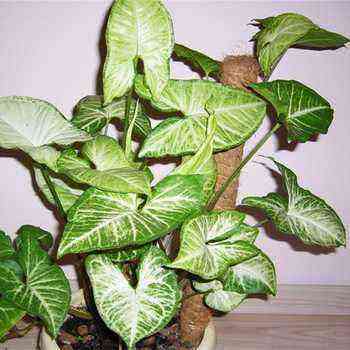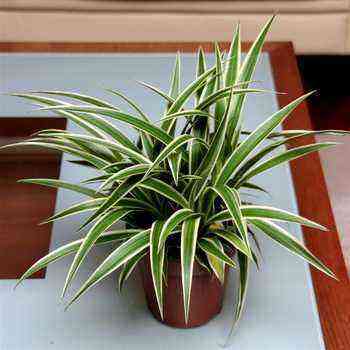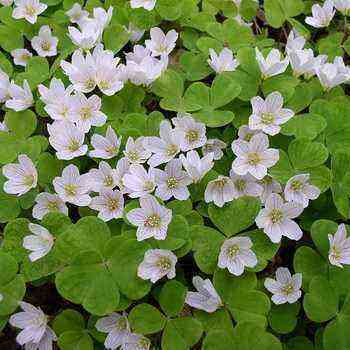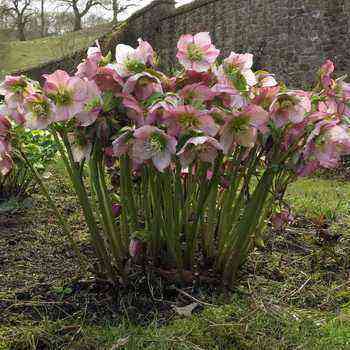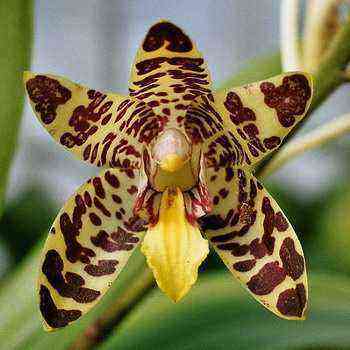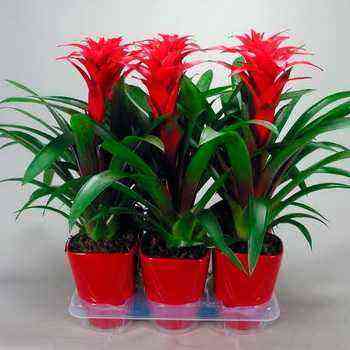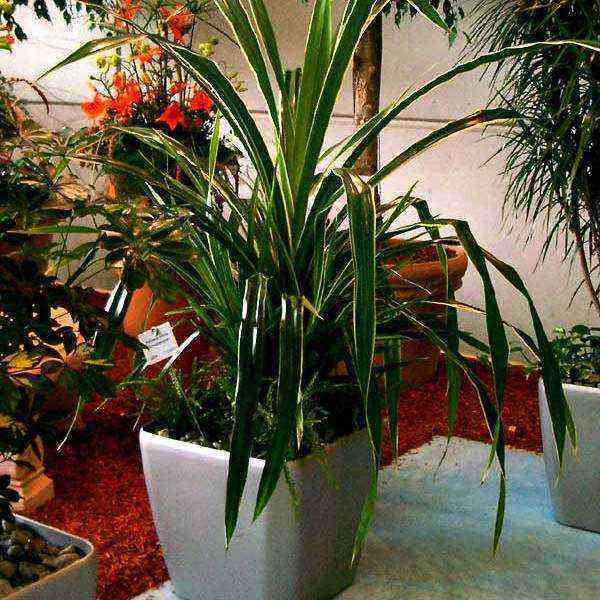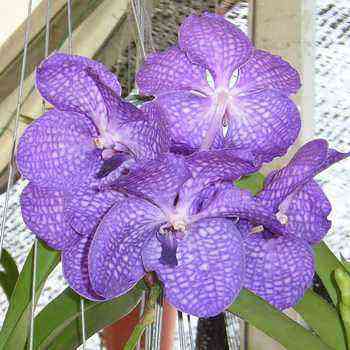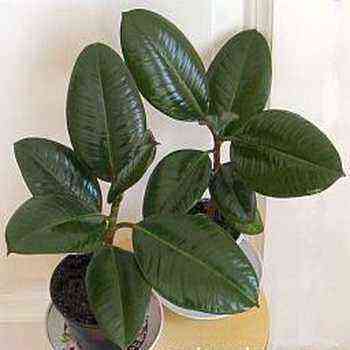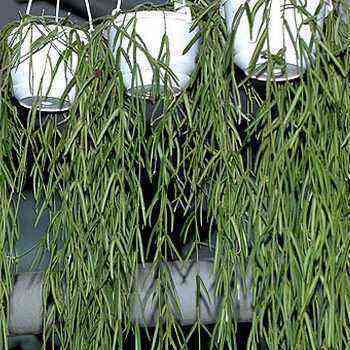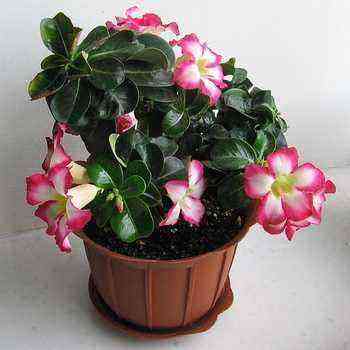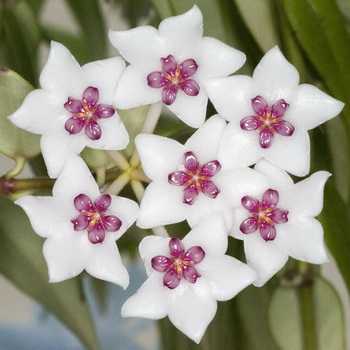 Hoya (Hoya, “wax ivy”) – one of the most common indoor vines. And given that this plant also blooms, its popularity in indoor floriculture is increasing significantly.
Hoya (Hoya, “wax ivy”) – one of the most common indoor vines. And given that this plant also blooms, its popularity in indoor floriculture is increasing significantly.
Photos of hoya (wax ivy) and recommendations for hoya care are presented on this page.
Is it possible to keep hoya (wax ivy) at home
“Can you keep a hoya at home?” – this question is often asked by novice growers. Doubts about the advisability of cultivating a flower are associated with an incomprehensible omen, according to which it is widely believed that all ivies dare men from the house. Believe me, this is all just superstition. Hoya is unassuming at home and no one from the apartment survives – on the contrary, this plant decorates the home and brings joy to its owners.
Hoya (wax ivy) fleshy (with photo)
Family: Gypsum, flowering, light-loving, shade-tolerant.
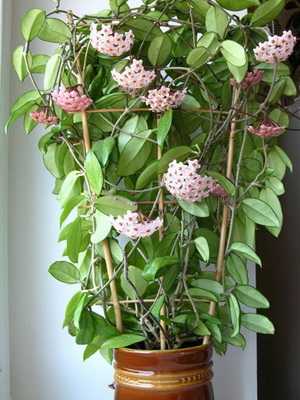

The classic representative of climbing plants, the fleshy hoya (Hoya carnosa) first throws out a thin herbaceous shoot with small leaves, which twists around the support. Having fixed in this way, the stem is lignified, the leaves grow and become leathery and fleshy, and at the ends of the shoots, umbrella inflorescences of waxy star-shaped fragrant flowers, usually white with a pink crown, develop. There are varieties with pink, crimson or red flowers. In hot weather, small droplets of nectar appear on the crowns.
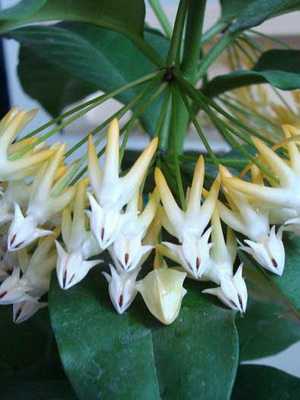

Blooms from spring to late autumn. There are also varieties with multi-colored leaves: with a longitudinal yellow stripe or a creamy white rim around the edge.
Hoya (wax ivy) care at home
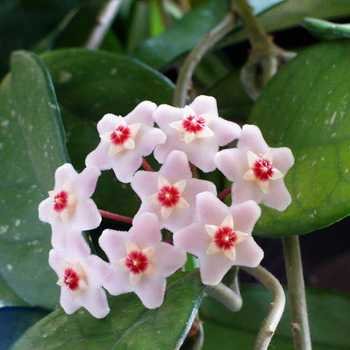 The main difficulty lies in unraveling the long (up to 6 m) shoots, which, one has only to give them free rein, entangle all objects and plants around, and harvesting falling flowers.
The main difficulty lies in unraveling the long (up to 6 m) shoots, which, one has only to give them free rein, entangle all objects and plants around, and harvesting falling flowers.
Hoya grows well in the shade (even more intensely than in bright light, as it tries to “reach the sun”), but blooms beautifully only in bright light. The winter temperature is + 13… + 16 ° C, he loves fresh air and will not be afraid of even a small draft. Watered in moderation, you can spray it daily and occasionally bathe under the shower to wash off the dust accumulated on the leaves. They feed the entire flowering period 2 times a month. They are transplanted in the spring into a larger bowl with a soil mixture of sod and leafy soil, compost and sand (1: 2: 0,5: 1), preferably with the addition of bone meal.
The main thing is not to rearrange anywhere after the buds have appeared.

